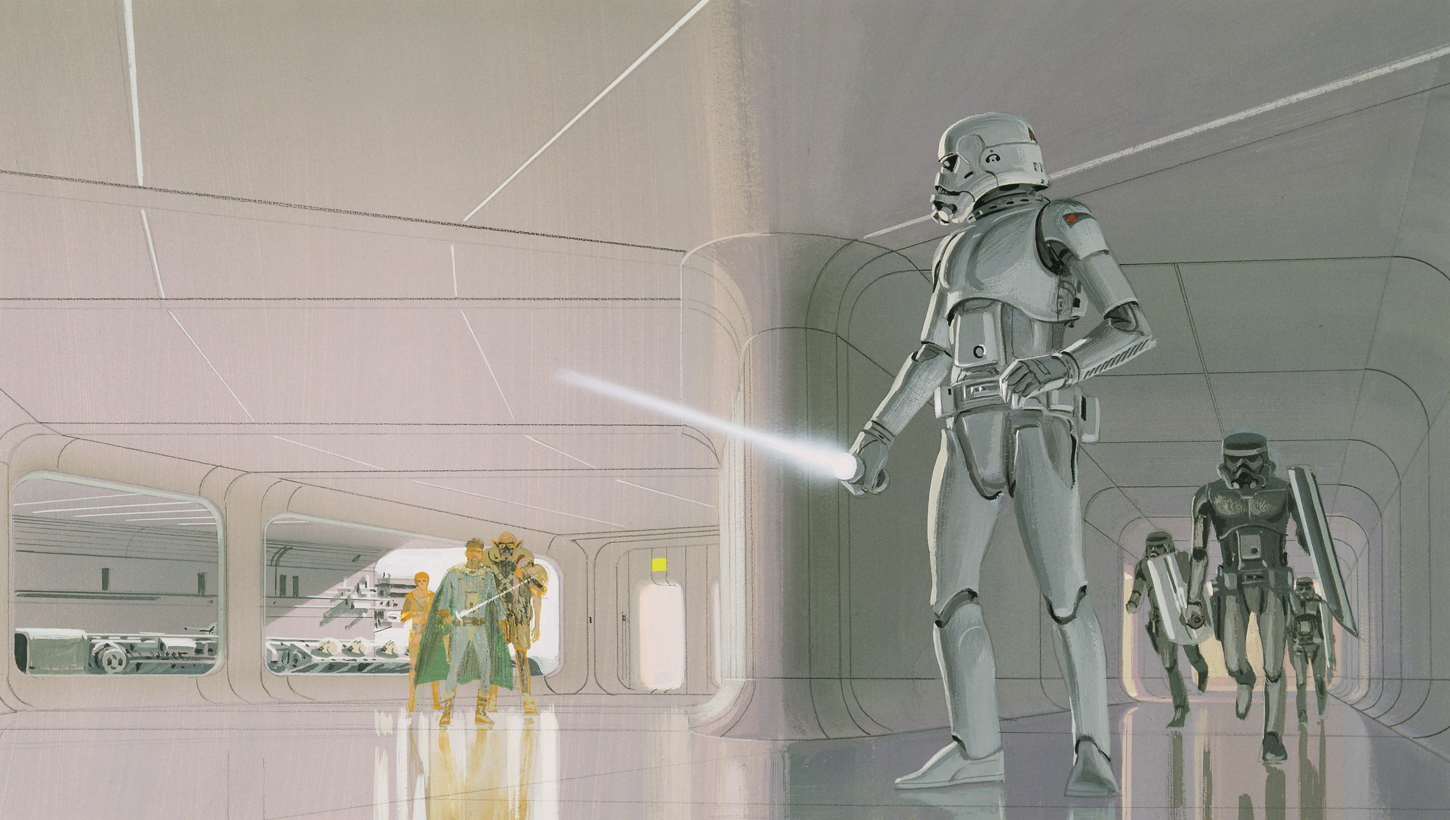
In the previous incarnations of this series examining what Star Wars could stand to take a few lessons from, Mike Cooper examined the Avatar franchise (no, not that one) and Lucas Jackson took a long look at the exquisitely-executed pseudohistorical freerunning-with-a-side-of-murder simulators that comprise Assassin’s Creed. In today’s article, we’ll be probing another series of popular video games: BioWare’s Mass Effect, unhelpfully defined by Wikipedia as “a series of science fiction action role-playing third person shooter video games.”
For those whose knowledge of the franchise begins and ends with that vague, kitchen sink-esque description, we’ll take a few moments to elaborate on the nature of the games and the overarching story before we move on to the meat of the article. In Mass Effect, players take on the role of Commander [insert name here] Shepard, a highly-trained marine in the military of the Systems Alliance (the interstellar arm of humanity) in the year 2183, serving aboard the SSV Normandy, a state-of-the-art prototype stealth reconnaissance frigate.


 Marvel originally
Marvel originally  Palpatine was and how thrilled they should all be that Hethrir is bringing evil back. The twins aren’t buying it, of course, and soon enough they lead an exodus with the help of a friendly dragon (no, really).
Palpatine was and how thrilled they should all be that Hethrir is bringing evil back. The twins aren’t buying it, of course, and soon enough they lead an exodus with the help of a friendly dragon (no, really).